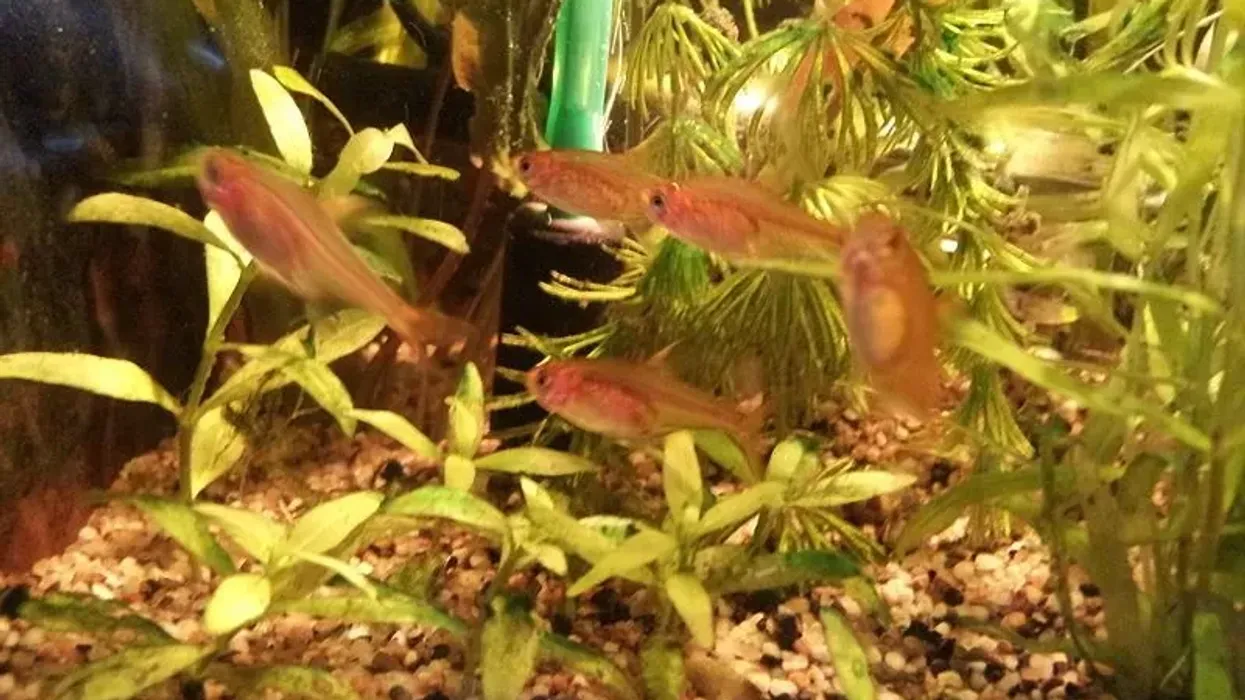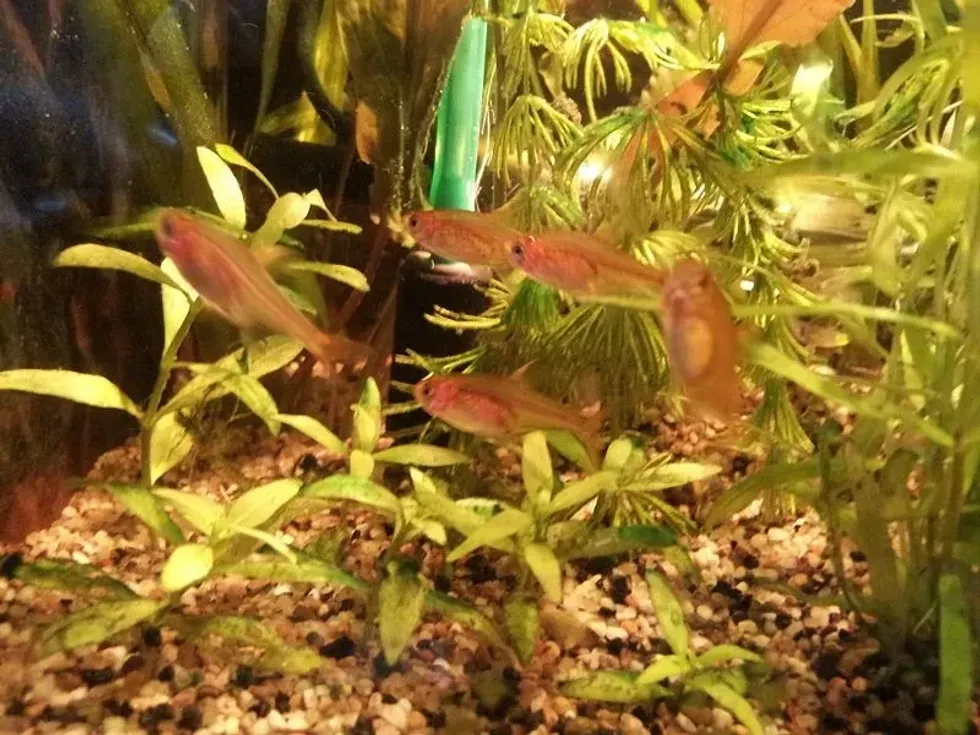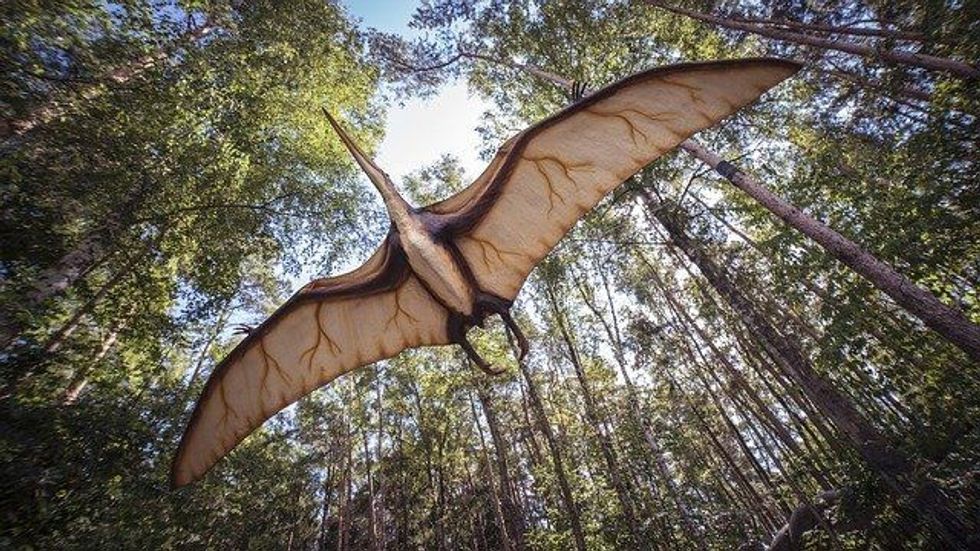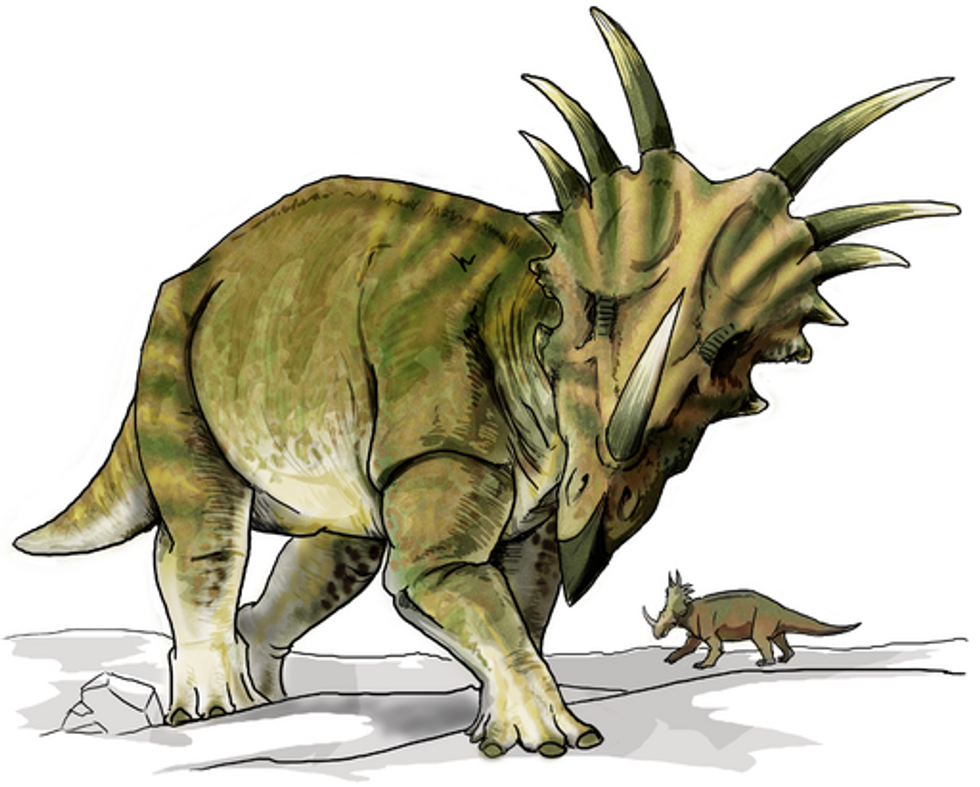The ember tetra is a lovable and amusing little freshwater fish that might be suggested to aquarists of all levels. They are very easy to take care of and look very beautiful.
More and more people have been including these fish in their tanks due to the fact that there's no drawback to this.
Their appearance surely makes them stand out in most freshwater nano aquariums and means this fish will possibly be a famous preference for years to come. The diet and degree of care which you offer them will immediately affect how vivid their shades are.
A dull ember tetra normally means that it hasn't been cared for correctly.
Even though the ember tetras are hardy and easy to take care of in terms of water conditions, the most skilled aquarists generally tend to play it safe and take a look at it regularly. This will save you any fluke shifts from inflicting damage on your fish.
Here on our page, we have many amazing facts about ember tetras that anyone that reads will enjoy to the fullest. If you like these facts then you should definitely check out black neon tetra facts and Congo tetra facts.
Ember Tetra Interesting Facts
What type of animal is an ember tetra?
The ember tetra is a freshwater fish of the characin family of order Characiformes. Local to the Araguaia River basin of Brazil, it became known in the year 1987. It was named in honor of the fish explorer Heiko Bleher's mother.
What class of animal does an ember tetra belong to?
The Hyphessobrycon amandae, also known as the ember tetra, is a freshwater fish from the Araguaia river that belongs to the Actinopterygii class of animals.
How many ember tetras are there in the world?
There is no research on how many Hyphessobrycon amandae (ember tetras) there are in the world, and they are Not Evaluated according to the IUCN Red List.
Where does an ember tetra live?
This small species of fish is a native freshwater fish from Brazil from the Araguaia river basin, where they can be most heavily found. Hyphessobrycon amandae is also found in Wildlife sanctuaries in an aquarium for free spawning and breeding ember tetras.
The aquarium in which they are kept needs to be just like the natural habitat that they live in. The ember tetra's tank size (aquarium) should be a minimum of 10 gal (45.4 l) with floating plants in it.
What is an ember tetra's habitat?
Hyphessobrycon amandae is freshwater fish, so they prefer rivers with a low current water movement and low water flow with a lot of vegetation. These fish species swim in areas where there are a lot of plants on the riverbed.
These plants provide shelter for these fish. In a tank/aquarium for an ember tetra, care has to be taken so that it resembles their natural habitat. The water temperature and water parameters have to be checked.
The bottom of the tank/aquarium should be heavily planted. The water parameters and temperature should be suitable for these fish for proper breeding.
Who do ember tetras live with?
The ember tetra (Hyphessobrycon amandae), also known as a fire tetra, is a schooling fish, which means they live in a group of fish. Schooling fish species always stay in a group and don't like to stay alone.
Since ember tetras are small, staying in an ember tetra school helps them escape from predators and makes breeding easier for them. Therefore, in a tank/aquarium, they must live in a group.
How long does an ember tetra live?
Hyphessobrycon amandae, also known as dwarf fish, live for two to four years in their natural habitat. There are reports stating that the ember tetra lifespan is 10 years, but these reports are widely considered inaccurate.
For the ember tetra, care has to be taken as their health deteriorates fast.
In the tank/aquarium, many plants have to be planted, the temperature needs to be suitable, water parameters have to be checked, and their diet needs to be full of protein and nutrients; otherwise, their health can worsen. These fish have many health problems because of various diseases they catch due to improper care.
For ember tetras (Hyphessobrycon amandae) to live longer, their diet, water quality, and water temperature need to be maintained.
The tank/aquarium of this fish that has plants lives longer than the ones that don't have plants in their tank/aquarium. This can also be helpful in breeding ember tetras.
How do they reproduce?
The breeding of Hyphessobrycon amandae is very straightforward, and if they are in a tank, then a lot of ember tetra care is not needed for their breeding.
The water parameter has to be suitably adjusted, and the ember tetra temperature of the water in the tank/aquarium should be kept a little higher than the normal range, and live plants should be present.
This will help a lot in the spawning process.
Once the breeding is complete, and the female has laid the eggs, the parents leave. After the fry has been hatched, they are left to take care of themselves.
One can use this opportunity to take the fry out of the tank and keep them in a smaller one and take good care of them and their diet before they can be introduced back into the normal-sized tank with their own species.
What is their conservation status?
Ember tetra: care has been taken in the conservation of this fish. This fish species has been categorized as Not Evaluated by the IUCN Red List.
Ember Tetra Fun facts
What do ember tetras look like?

The reason ember tetras (Hyphessobrycon amandae) are so popular among the aquarist community is their appearance. Their bright coloration makes them mesmerizing and is fun to look at when they swim around in the aquarium.
Ember tetras are orangeish-red in color all over their body. This gives them a sharp look which you cannot miss. The males and females have the same color.
Ember tetras (Hyphessobrycon amandae) dorsal fins are tall and skinny with a gradient that fades from their primary shade to a barely darker tone on the back. This darker region transitions right into a barely transparent segment on the very corner of the fin side.
Their caudal fins are forked in appearance and have a greater drastic shade transition than their dorsal fin sides. The very base of the fin side is an identical shade similar to the rest of their body.
From there, it quickly transitions into a darker orange before turning almost completely transparent. This clear portion in their caudal fin makes up the back half of the fin side.
The ventral and pectoral fins side of the ember tetra is almost absolutely clear as well. This is pleasing to behold as it makes a little flicker as they swim.
How cute are they?
Ember tetras (Hyphessobrycon amandae) are a very cute fish species. They are recognized for their amazing, eye-catching appearance and mannerisms. These fish are active and have a general behavior and temperament. When these fish are swimming in a group, they look like small orange bullets, especially when they move together across the tank.
How do they communicate?
Ember tetras communicate with each other through their gesture and motion. As these fish roam around in a school, they communicate with fish of other species with their synchronized motion.
How big is an ember tetra?
Ember tetras are not big fishes. This fish is quite small, their size varies from 0.6-0.8 in (1.52-2.03 cm) in length. These fish are smaller than neon tetras that are from the same family of fish.
How fast can an ember tetra swim?
There has not been any such research to determine the speed of the ember tetra as they are often kept in a tank and cannot go at full speed. Hence, it has not been mentioned here.
How much does an ember tetra weigh?
The weight of the fish, ember tetra, has not been estimated and hence, has not been mentioned here.
What are the male and female names of the species?
There are no different names for the males and females of this species.
What would you call a baby ember tetra?
A baby ember tetra is known as fry.
What do they eat?
Their diet consists of worms, shrimp, daphnia, freeze-dried food, and flakes. Small invertebrates are also used as food. They are also seen biting plants in the tank, and it is considered normal behavior for them. If they are kept in a tank, these fish must be given food at least two to four times a day.
Are they aggressive?
These fish are not aggressive at all, which is perfect if you want to keep them with other fishes. They do not attack and thus, are not harmful to humans. These fish are well-mannered, peaceful, and have good temperament and behavior.
Would they make a good pet?
Yes, they would make amazing pets, mainly because of their bright appearance. Since these fish are not aggressive, they can be put in the tank with other fish species.
Ember tetras are peaceful by nature and do not harm other fish in the tank, so there is no need to worry about the same-sized fish. Their good behavior and temperament make them ideal fish pets. They are not shy of other fishes that are in the tank.
Did you know...
Ember tetra fish facts: The comparison between ember tetra and neon tetra is that neon tetra is more bright in color. Neon tetra has a more wide diet and needs more food to survive.
Ember tetra with betta: ember tetras could make excellent betta tank buddies if you're seeking to create a shiny and exquisite community tank. These little fish develop to under 1 in (2.5 cm) in length with an elongated body shape. Female specimens do seem barely fatter than adult males throughout the breeding season.
Having your own ember tetra
There should be at least 10-15 fishes of this species in the tank filled with 10 gal (45.4 l) of water. They are not aggressive but might be uncomfortable staying in a group of less than 10.
If you want to keep a 5 gal (22.7 l) tank, then you can have around four or five tetras in it, although it is advised to keep at least 10-15 fish together.
Ember tetra fry
Babies of ember tetras grow very slowly and might take up to two months to reach just a quarter of their size. These fish only change color when they are kept in hard water as they are not used to that because they are kept in a certain water parameter.
Here at Kidadl, we have carefully created lots of interesting family-friendly animal facts for everyone to discover! For more relatable content, check out these rainbow trout interesting facts and brook trout facts for kids.
You can even occupy yourself at home by coloring in one of our free printable Ember tetra coloring pages.










